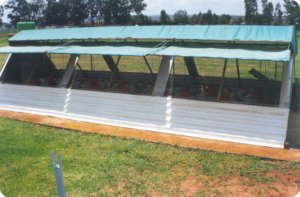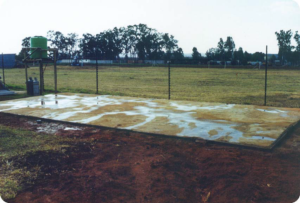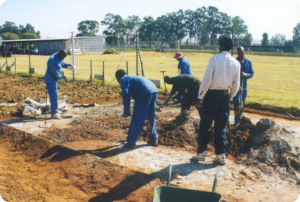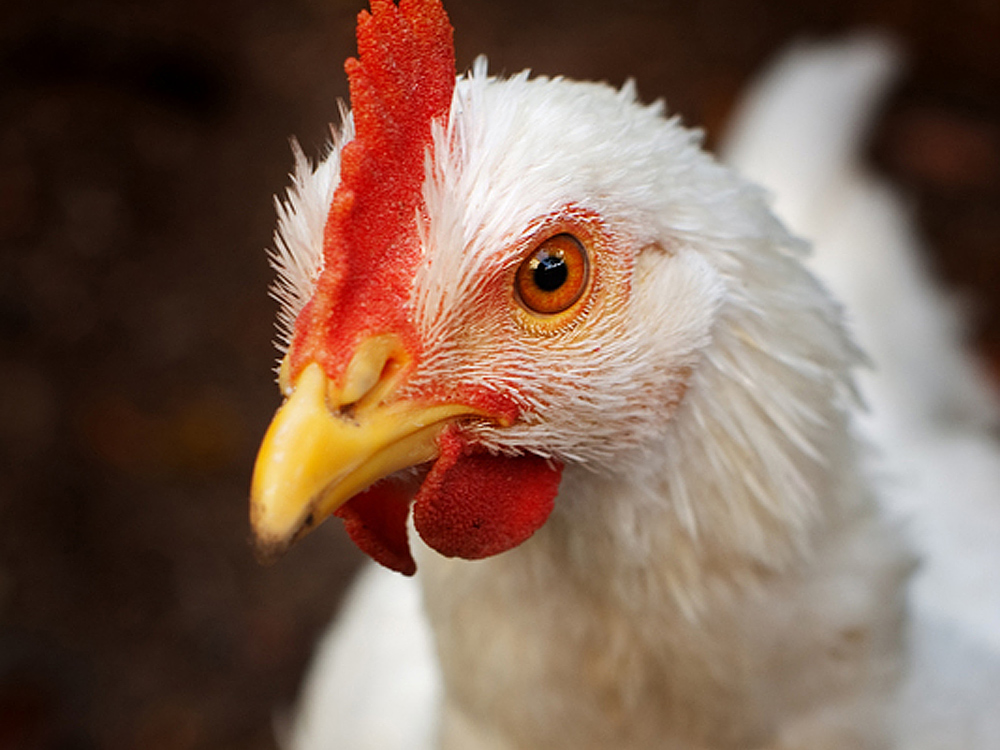The present-day South African farming industry is striving for lower investment capital, in order to show bigger profits. Planners and designers in this industry are forced to develop methods, equipment and structures, which will comply with these economic demands.
This need also exists in small-scale broiler housing in South Africa. Those days are past, when a few piles of stones, covered with old rusted corrugated sheets, were acceptable. The genetic advancements made in the broiler industry must be taken into account in the planning and design of suitable housing facilities. Broilers are now ready for market at the age of 42 days (2,0 kg live mass). Genetic development can decrease this figure to 32 days in the next five to seven years. It is estimated that the broilers that will be bred in five years’ time will not be able to survive in the current small-scale housing structures.
Factors such as temperature control, ventilation and management will therefore be crucial for the success of a small-scale broiler enterprise in the years to come. These facts were the deciding factor for the ARC – Institute for Agricultural Engineering (ARC-ILI) to develop and evaluate a small-scale broiler house that would comply with the requirements as mentioned. The capital outlay for the construction of the structure is more than 50% cheaper than that of the conventional brick and corrugated iron roof structure.
The planning, design, construction and evaluation results of the structure are contained in this series of articles, as a contribution to the economic survival of the small-scale broiler industry in South Africa.
Design and construction
In the planning and design of the proposed structure, the capital cost of the building material, as well as the ease of construction had to be kept in mind. Another important aspect is that electricity is only available in very few small-scale farmer areas. The structure must therefore be erected without using any electricity on the proposed site.
The result of the design is a triangular steel frame structure, sold to the farmer in kit form. The farmer can construct the unit with the aid of a few basic tools. The structure is approximately nine metres in length and four metres wide. It makes provision for 500 to 550 broilers up to the age of 42 days.

Triangular steel frame broiler house.
Preparation of the floor surface
The choice of a suitable floor surface for a broiler house rests with the farmer. Three types of floor surfaces are possible, namely:
- Concrete floor
- Soil floor
- Sand/cement floor
The high capital cost of a concrete floor and the problems encountered with poor soil floors were the deciding factors for the choice of a sand/cement floor for the particular broiler house. A housing structure for 500 broilers requires a floor area of approximately 9 m × 4 m. If a base floor of 10 m × 5 m is constructed, it leaves a walking space of 500 mm on both sides of the structure (see picture above). The broiler house must preferably be erected in a high-lying area, to prevent problems with run-off water during rain showers. If this is not possible, the floor must be constructed at least 100 mm above the highest point in the area.

Sand/cement floor for the broiler house.
The construction and preparation of the floor can be done according to the following steps:
- Clear the proposed site. Remove all grass clumps, tree stumps and other unwanted objects to obtain a level ground surface.
- Measure an area of 10 m × 5 m.
- Second-grade concrete-wall panels can now be planted firmly into the ground, up to a depth where about 100 mm of the panel protrudes above the ground (Figure 2.2). The panels prevent the floor from being worn down and damaged.
- The surface between the panels is filled with soil and firmly compacted to a depth where approximately 50 mm of the panel protrudes above the ground surface.
- A sand/cement mixture is mixed with water, in the relation to ten wheelbarrows of sand to four bags of cement. Sufficient water must be added to just make thorough mixing possible – avoid a slosh.
- The sand/cement mixture is poured onto the compacted soil and firmly compacted to the level of the top edge of the concrete panels.
- A sand/cement plaster mixture is mixed in the same relation (10:4) and applied to the floor to give a smooth finish, sloping from the centre to the sides in the length of the floor. The surface must be smooth and free of cracks.
- Keep the surface damp for a period of about seven days, by wetting it with a spray or covering it with wet sacks. This prevents cracking.

Mixing of the sand and cement.
Materials required for the floor are as follows:
- Sand: 18 m³ (approximately three loads)
- Cement: 40 bags of 50 kg each
- Concrete panels: 25 panels of 1,2 × 0,3 m each
The broiler house is erected after approximately ten days on the sand/cement floor.

Photo: zootecnicainternational.com
Next month we will explain how to erect the steel structure. We thank the ARC – Agricultural Engineering for providing this article.








